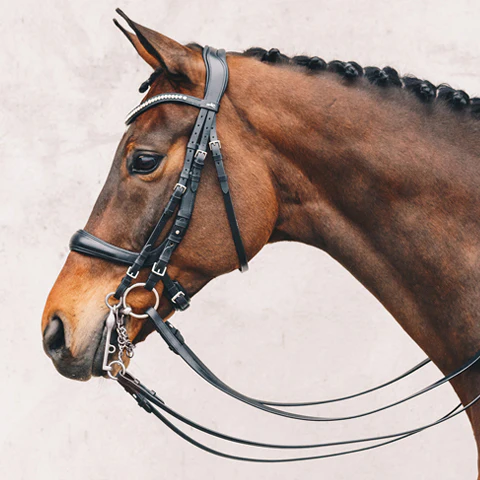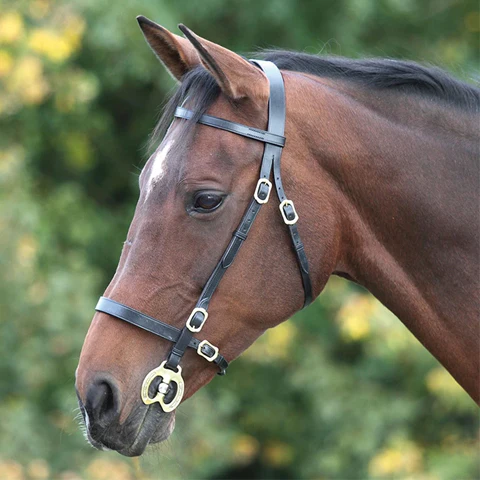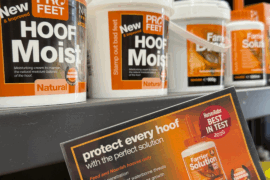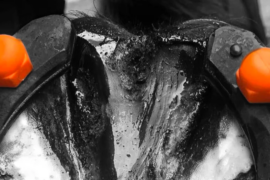Knowing what bridle to purchase for your horse can be a difficult decision, especially when you have to take into consideration your chosen discipline, your horse’s comfort, and the overall purpose and benefits of the bridle. To help make this a little clearer, we have combined some insightful information to help you make an informed decision on which bridle would be best suited to your horse.
Snaffle Bridles

Snaffle bridles come in various shapes and sizes and are undoubtedly the most common bridle in the equestrian world. The snaffle bridle is also available with various noseband styles that can alter the way the bridle works. There are numerous noseband options available to suit every horse’s need. Some examples include grackle nosebands, flash nosebands and crank nosebands.
In brief, the snaffle bridle works by putting additional pressure (away from the bit) on the horse’s poll and nasal bone. Obviously, the bridle works in unison with the bit that is attached, therefore it is important that both aspects are correctly fitted to achieve a comfortable fit for the horse and for the equipment to be effective.
Double Bridles (Weymouth)

The double bridle, formally referred to as the Weymouth bridle, is essentially a piece of equipment that consists of two bits – the Bradoon bit and the Weymouth bit and two sets of reins. The two bits work together, creating various pressures and movements, to create pressure points on the bridle.
If used correctly, the double bridle is excellent for improving communication between hand and mouth, however, it is important you do not introduce a double bridle too soon, as it can cause anxiety in horses and mouth injuries. It is advised that double bridles are only tried after your horse can correctly carry themselves in a snaffle bridle, and not beforehand. If you’re unsure about double bridles, it is a good idea to seek professional advice before proceeding to use one.
Bitless Bridles
Bitless bridles are a great option for horse’s that have suffered a mouth injury or are perhaps adverse to having a bit in their mouth. Bitless bridles rely heavily on pressure – this is due to the fact you do not have the the use of a mouth piece for communication. However, the bridle distributes pressure across a larger facial area therefore it is more sensitive to the horse’s tissue and nerves.
The traditional bitless bridles work by distributing pressure across the horse’s nose and poll, rather than the communication stemming from their mouths. It is important to mention that the bitless bridle is not completely harmless in nature, as if used incorrectly it can be be harsh on sensitive parts of your horse’s face.
In-Hand Bridles

These bridles are a must in the showing industry. From an aesthetic point of view, the in-hand bridle allows more of the horse’s face to be on display – an essential part of showing. The in-hand bridle is also simplistically designed to enable for greater control in the show ring – essential when you are not sat onboard.
Anatomical Bridles

Anatomical bridles have undoubtedly grown in popularity over the past few years. These bridles are sympathetically designed to enhance natural movement in the face. They limit the amount of pressure on the face and in turn are more comfortable for the horse to wear.
You may notice that anatomical bridles consist of extra padding behind the ears and nose, strategically designed cheek pieces that avoid key facial nerves, and curvaceous brow bands – these are all aspects concerned with an anatomical bridle and improved comfort for the horse.
We hope you have taken some insightful information from this blog on how each bridle works and their benefits. Remember, bridles are not a quick fix for any problem your horse may be exhibiting – it is important to listen to your horse and establish the issues route, as quick fixes do not work in the long-haul.





